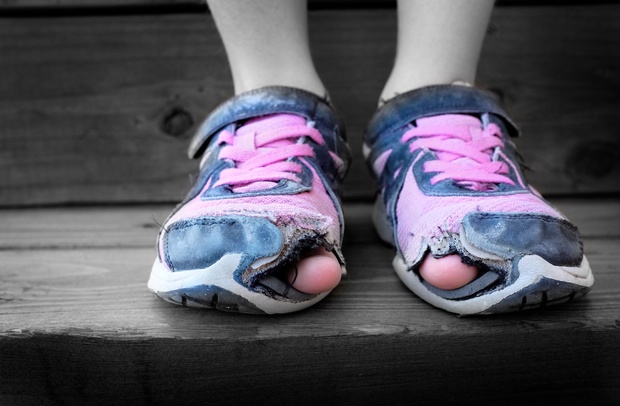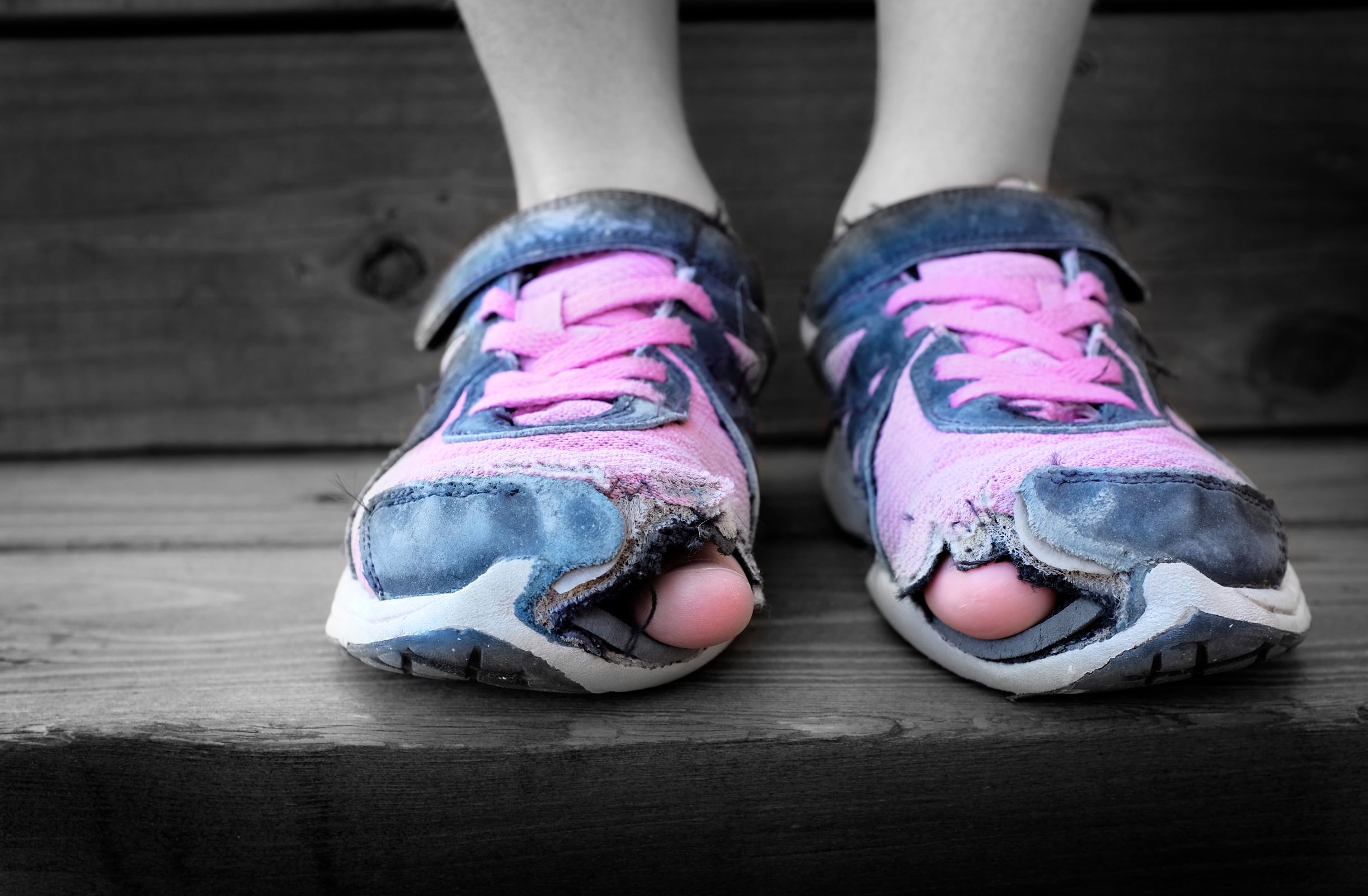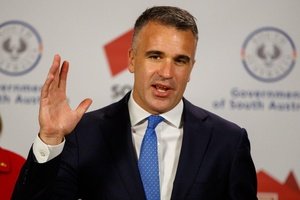However, behind the idealised image of rural areas, I believe, hides one of the great tragedies of Australia: the forgotten kids of the bush.
These kids are those that do not go to school or in extreme cases, have not even been enrolled in a school.
It is not unusual to find students in the bush who have not attended school for years or have attended multiple schools in one term, each one failing because of the lack of systemic support and often, parents’ reluctance to engage with schools.
This is a horrendous situation in a wealthy country.
Parents move around for work or basic shelter and do not send their children to school. Many of these parents have had extremely negative experiences of school or did not attend themselves.
Some children do not have birth certificates and unfortunately, many parents have such significant substance abuse problems that they cannot function at a level that allows them to get their children to school.
Years of neglect by government welfare services has led to understaffing and inefficiencies allowing children to fall through the cracks with dramatic consequences.
These children have poorer health outcomes, are more likely to be involved with the justice system and are more likely to form violent, dysfunctional relationships.
I do not need to look up the statistics. I have seen it every day of my 35 years in the country.
The problem became more severe under the 12 years of the Liberal / National government.
There has always been severe poverty in rural areas, but the gap between those who have the privilege of accessing resources and those excluded is becoming wider.
What happens at the extreme end of this poverty and neglect of children was highlighted to me recently, when I spotted children of primary school-age picking through a garage tip trying to find pieces of metal, clothing and discarded out-of-date medication.
These children were throwing these items to waiting adults. They did not seem uncomfortable performing this task; it is their life.
It was like a scene out of a movie highlighting the slums of Mumbai, not something that should be unfolding in a wealthy country.
There are other more hidden forms of geographical discrimination.
Examples include the inability of governments to provide basic mental health services, such as counsellors in schools. Then there’s extreme wait time for services such as speech therapy or dental work.
However, the biggest issue fuelling the neglect of our kids is the absolute inability of government services to effectively track and monitor the movements of vulnerable children.
I believe Community Services and Justice has little idea where these children are until a serious incident occurs.
Even then, the chronic understaffing and resourcing of these agencies means effective intervention is rare.
Another huge issue is alcohol, drugs, and gambling. I witness some parents spending a large percentage of their disposable income on these products when their kids are virtually starving.
Compounding this issue is the lack of targeted intervention services in many country towns.
Governments are well intentioned, especially around election times. What is lacking is the on the ground strategic thinking and the resources to make a genuine difference.
An old saying is ‘charity begins at home’. Maybe big city Australia needs to look inland and place pressure on governments to provide resources on the ground for our bush kids.
















